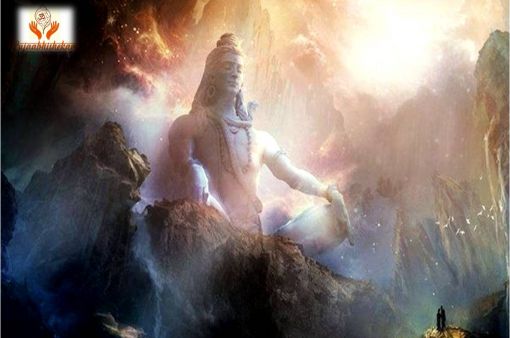
Mar
14
SHIVA THE SUPREME LORD
SHIVA THE SUPREME LORD
Citizens of Varanasi will tell you with pride that their city is the one Lord Shiva chose ashis earthly home. For them,this volatile, unpredictable god is not a remote deity to be feared and worshipped. They call him Baba – the benign old man who lives in the temple down the lane. And every morning after bathing in the Ganga, devotees greet their Baba by pouring a pot ofwater from the river on the linga, all the while chanting Shiva prayers of praise. What Brahma creates, Vishnu preserves, but Shiva is both the creator and the destroyer.He provides the inevitable endto everything, so that creation can take place again. When the world becomes full of sin,an enraged Shiva dances the magnif cent tandava to endit all. Then, with Parvati, his female aspect or shakti, he participates in the creation ofa new world.The earliest aspect of Shiva mentioned in the Vedas is that of Rudra, the Angry One.
Scholars think that the sealdiscovered during excavations in the Indus Valley site of Mohenjodaro of a proto-Shivafi gure sitting in the yogic position among animals is that of a Pashupatinath, the Lord of Animals, anothername for Shiva. Over the centuries Shiva rose through the pantheon, ultimatelytaking his supreme place inthe Hindu Trinity.frailties better. And to seek his blessings you have to cometo his special city – the ever-luminous Kashi.
Here, Shiva is everywhere – in the great Vishwanath Temple, at the corner shrine, and under theBanyan tree. Shiva is not perfect: He iseasy to anger, easier to please, prone to impulsive mistakes. It is because of this that heis loved so deeply by his devotees. Somehow, you feel that this many-hued god will listen to your prayers more Shiva’s heavenly home isin Mount Kailash in the Himalayas. There he lives likean ascetic, with long, matted hair and his body covered in ash from cremation grounds. He has three eyes, the third opening when he is angry. Snakes writhe in his hairand around his neck and he wanders the earth carrying his trident, his damru or rattle drum and a begging bowl.
The wandering ascetic, the sadhu, is his human image. Shiva’s mythical association with Varanasi began with his wedding. When he married Parvati, he had to look for a home to live in. Shiva and his bride searched far and wide until their eyes fell on Kashi, a city of truly resplendent beauty.